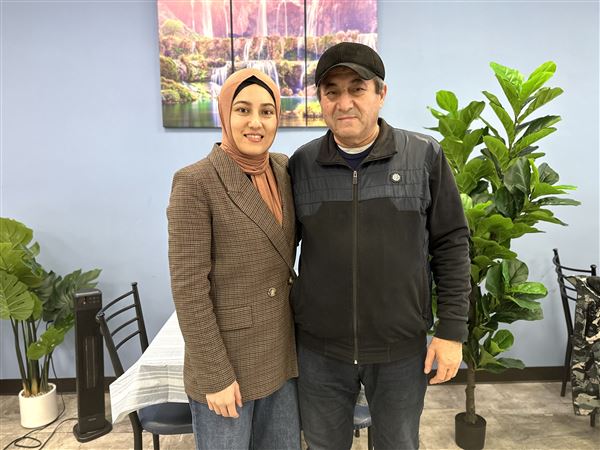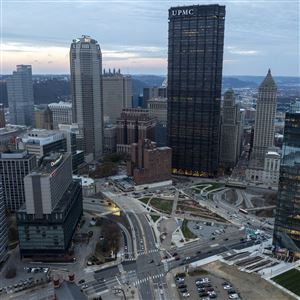Pia van de Venne considered herself a plant aficionado for many years, but she didn't know much about the relationship between native and invasive plants until a friend encouraged her to "open my eyes" the next time she strolled through a park or wooded area.
A longtime trail walker through Murrysville's Duff Park, Ms. van de Venne, who grew up tending plants in her parents' back yard in her native Netherlands, was alarmed by her discovery.
"I started noticing unusual plants on my walks through Duff Park," said Ms. van de Venne, a native of Vught, a small suburb in southern Netherlands.
"There were plants in parks here whose very existence meant the destruction of other native plants, and that troubled me," she said.
Ms. van de Venne, 64, who in 1999 became the volunteer coordinator for Murrysville, immersed herself in "learning everything I can about invasive plants."
She started reading about invasive plants, attending college seminars, and taking more walks in the park to identify the most pernicious invasive plants.
"When I knew what I was looking for, I noticed plants like the Japanese knotweed, and garlic mustard, which are some of the most invasive and destructive plants in many of our parks," Ms. van de Venne said.
She formed a volunteer group of Murrysville residents that has spent every spring, summer, fall and parts of the winter trying to kill as many invasive plants as possible in the community's parks, nature preserves and fields.
"For the past seven years we have had a committed group of residents who have come together to weed out some of the most invasive plants in Murrysville's parks," said Betsy Aiken, who chairs the Murrysville Environmental Advisory Council and Parks and Recreation Commission.
Ms. Aiken said the group has formed a committee to study invasive plants in Murrysville and to raise awareness about the issue.
"What we need to do now is start an educational program for residents of Murrysville," Ms. Aiken said, noting that a key aspect of the committee will be to create a consensus as to what an invasive plant is.
"We all need to have some sort of understanding on what the most dangerous plants are that are killing native plants in our area," she said.
For Ms. van de Venne, the Japanese knotweed is the most destructive and readily noticeable plant.
"It tends to grow and dispose of native plants along small creeks," she said. "We have done a lot of weeding and spraying herbicides, but the plant is still alive in certain parts of our park system."
Eradication of invasive plants is essential for survival of native plants and survival of a healthy park system, said Ms. Aiken.
She added: "One of the things we have discovered is that there is a direct relationship between our deer population and the circulation and growth of invasive plants."
That is why the municipality is very interested in learning more about invasive plants and getting the community behind the effort to eradicate them, said Michele Clarke, the Murrysville director of recreation.
"The majority of plants that are impacted by the over-grazing of deer are the undergrowth of our wooded areas," said Ms. Clarke.
That creates more room for the growth of invasive plants, which not only replace healthy undergrowth, but also kill more native plants in the area, she explained.
Deer grazing has caused an imbalance in plant overgrowth, and has spurred growth of invasive plants, she added.
"The health of our wooded areas and recreational parks hinges on our ability to have a good deer containment program, but also other initiatives like eradicating invasive plants," she said.
The Murrysville Invasives Committee meets Thursdays at Murrysville Community Library. Contact Pia van de Venne at 724-733-2770.
First Published: December 7, 2006, 5:00 a.m.

















